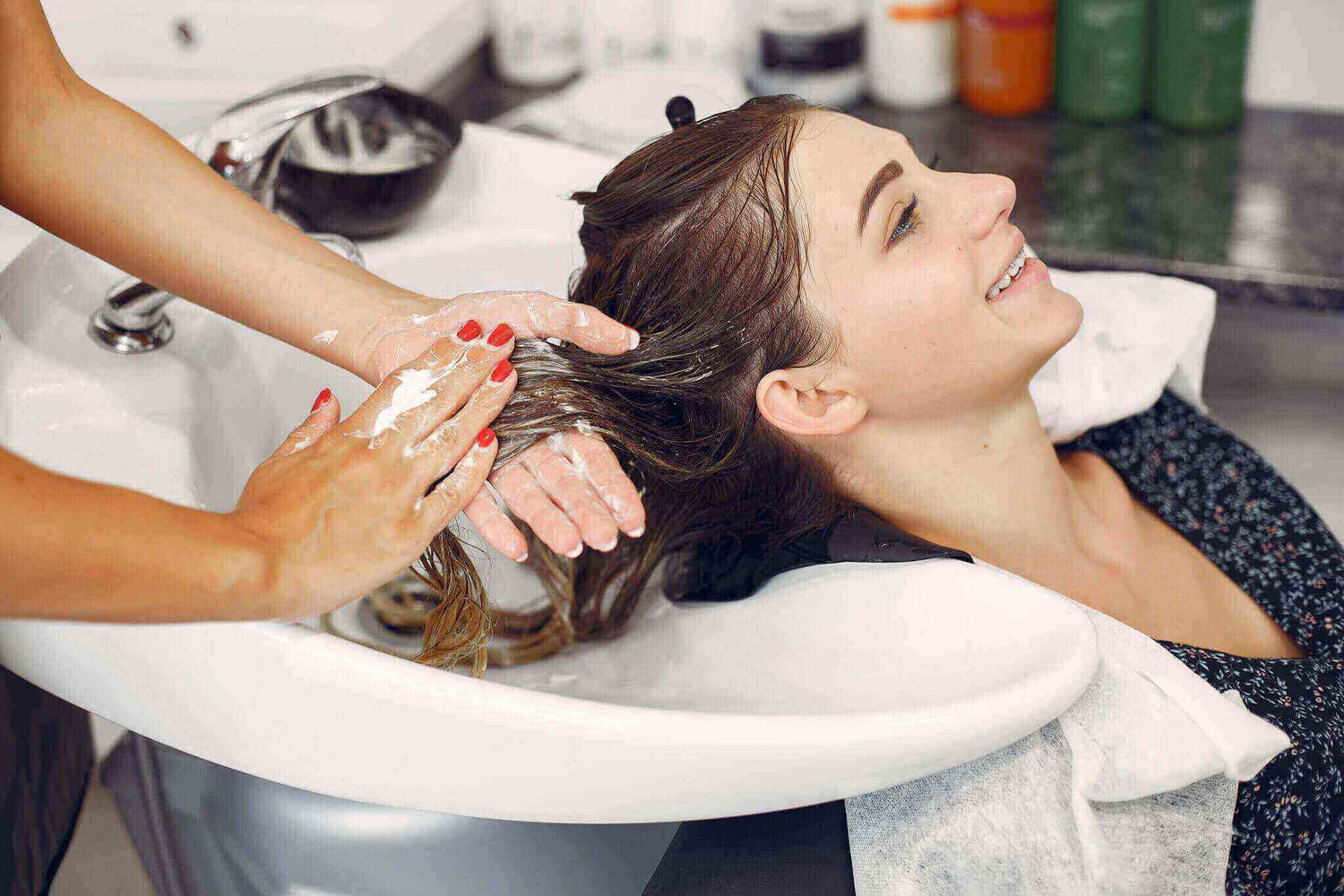Pimples, also known as acne, are a common skin concern that many people experience at some point in their lives. Whether it’s a breakout before a big event or persistent acne that affects your confidence, pimples can be frustrating. Fortunately, there are various treatments available that can help prevent and manage breakouts. In this blog post, we’ll explore the best pimple treatments that can help you achieve clear, healthy skin.
1. Understanding the Causes of Pimples
Before diving into treatments, it's essential to understand what causes pimples. Pimples occur when hair follicles become clogged with oil, dead skin cells, and bacteria. The most common causes of acne include:
-
Excess oil production: Overactive sebaceous glands produce too much oil, which clogs pores.
-
Hormonal changes: Hormonal fluctuations, especially during puberty, menstruation, pregnancy, or stress, can trigger acne.
-
Bacterial growth: The bacteria Propionibacterium acnes can infect clogged pores, leading to inflammation and the formation of pimples.
-
Diet and lifestyle: Poor diet, lack of sleep, and stress can also contribute to breakouts.
By understanding the causes, you can make more informed decisions about your treatment plan.
2. Topical Treatments: Over-the-Counter (OTC) Solutions
For mild acne, over-the-counter topical treatments are often the first line of defense. These products target acne-causing bacteria, reduce oil production, and soothe inflammation. Common ingredients found in OTC treatments include:
-
Benzoyl Peroxide: This ingredient is a powerful antibacterial agent that kills the bacteria responsible for acne. It also helps to reduce inflammation and prevent future breakouts.
-
Salicylic Acid: A beta-hydroxy acid (BHA) that exfoliates the skin and helps unclog pores. Salicylic acid is effective for treating blackheads and whiteheads.
-
Retinoids (Retinol): Derived from Vitamin A, retinoids help to speed up cell turnover, preventing clogged pores. They can also fade post-acne scars.
-
Sulfur: A natural element that helps dry out the pimples and reduces inflammation. It’s often found in masks and spot treatments.
-
Tea Tree Oil: This natural ingredient has antibacterial and anti-inflammatory properties that can reduce pimple size and redness when used topically.
3. Prescription Medications: For Moderate to Severe Acne
If over-the-counter treatments aren’t effective, a dermatologist may recommend prescription medications for more severe or persistent acne. These include:
-
Topical Antibiotics: Prescription-strength antibiotics like clindamycin can be applied directly to the skin to reduce bacterial growth and inflammation.
-
Oral Antibiotics: For more widespread acne, oral antibiotics such as tetracycline or doxycycline can help reduce bacteria and inflammation from the inside out.
-
Oral Retinoids (Accutane): For severe acne that doesn’t respond to other treatments, oral retinoids can be prescribed. These work by reducing oil production and helping to prevent clogged pores.
-
Hormonal Treatments: If your acne is linked to hormonal changes, birth control pills or anti-androgen medications can help regulate hormones that cause excess oil production.
4. Natural Remedies: Gentle, At-Home Solutions
Some people prefer natural remedies for treating pimples, especially if they have sensitive skin. While these solutions may not work as quickly as medications, they can be a gentler approach to managing acne. Some effective natural treatments include:
-
Aloe Vera: Known for its soothing properties, aloe vera can reduce redness and inflammation while helping to heal acne. Apply fresh aloe vera gel directly to the affected area.
-
Honey: Honey is a natural antibacterial agent that can help reduce inflammation. Its antimicrobial properties can be particularly helpful for mild acne.
-
Green Tea Extract: Rich in antioxidants, green tea has anti-inflammatory properties and can be applied topically to reduce pimples and prevent new breakouts.
-
Witch Hazel: Witch hazel is a natural astringent that can help reduce oil and soothe irritated skin. It’s particularly useful for those with oily skin types.
5. At-Home Care and Preventative Tips
In addition to treatments, proper skincare habits are essential for preventing pimples. Here are some helpful tips for maintaining clear skin:
-
Cleanse regularly: Wash your face twice a day with a gentle, non-comedogenic cleanser to remove dirt, oil, and makeup.
-
Exfoliate: Gently exfoliate your skin once or twice a week to remove dead skin cells and prevent clogged pores.
-
Avoid touching your face: Your hands carry oils and bacteria that can transfer to your skin. Avoid touching your face throughout the day, especially if you have active breakouts.
-
Stay hydrated: Drinking plenty of water helps keep your skin hydrated and flushes out toxins.
-
Wear sunscreen: Always apply sunscreen, especially if you're using treatments like retinoids, as they can make your skin more sensitive to the sun.
6. When to See a Dermatologist
If you’ve tried over-the-counter treatments and haven’t seen any improvement, or if your acne is causing significant scarring, it’s time to consult a dermatologist. They can recommend a treatment plan tailored to your skin’s needs, which may include prescription medications, light therapy, or chemical peels.
Conclusion
Pimple treatment is not a one-size-fits-all solution, and what works for one person may not work for another. However, by understanding the causes of acne and choosing the right treatment, you can effectively manage and reduce breakouts. Whether it’s over-the-counter treatments, natural remedies, or prescription medications, there are many options available to help you achieve clear, radiant skin. Remember, patience is key when it comes to acne treatment—results may take time, but with consistent care, you’ll be well on your way to healthy, blemish-free skin.





